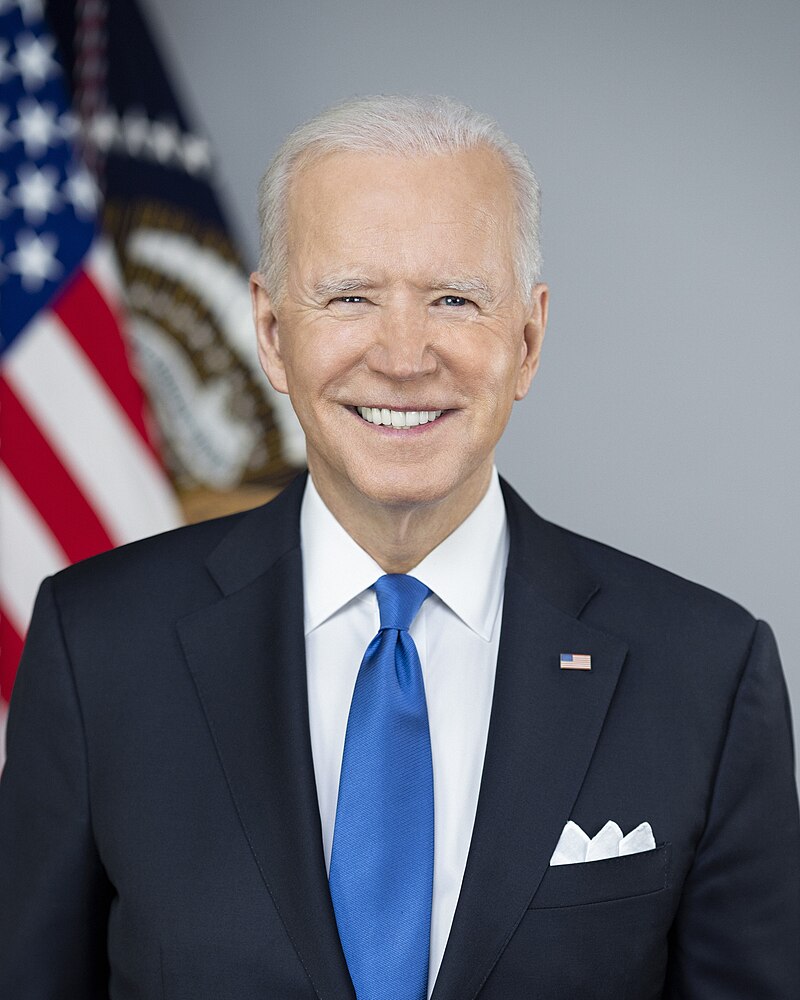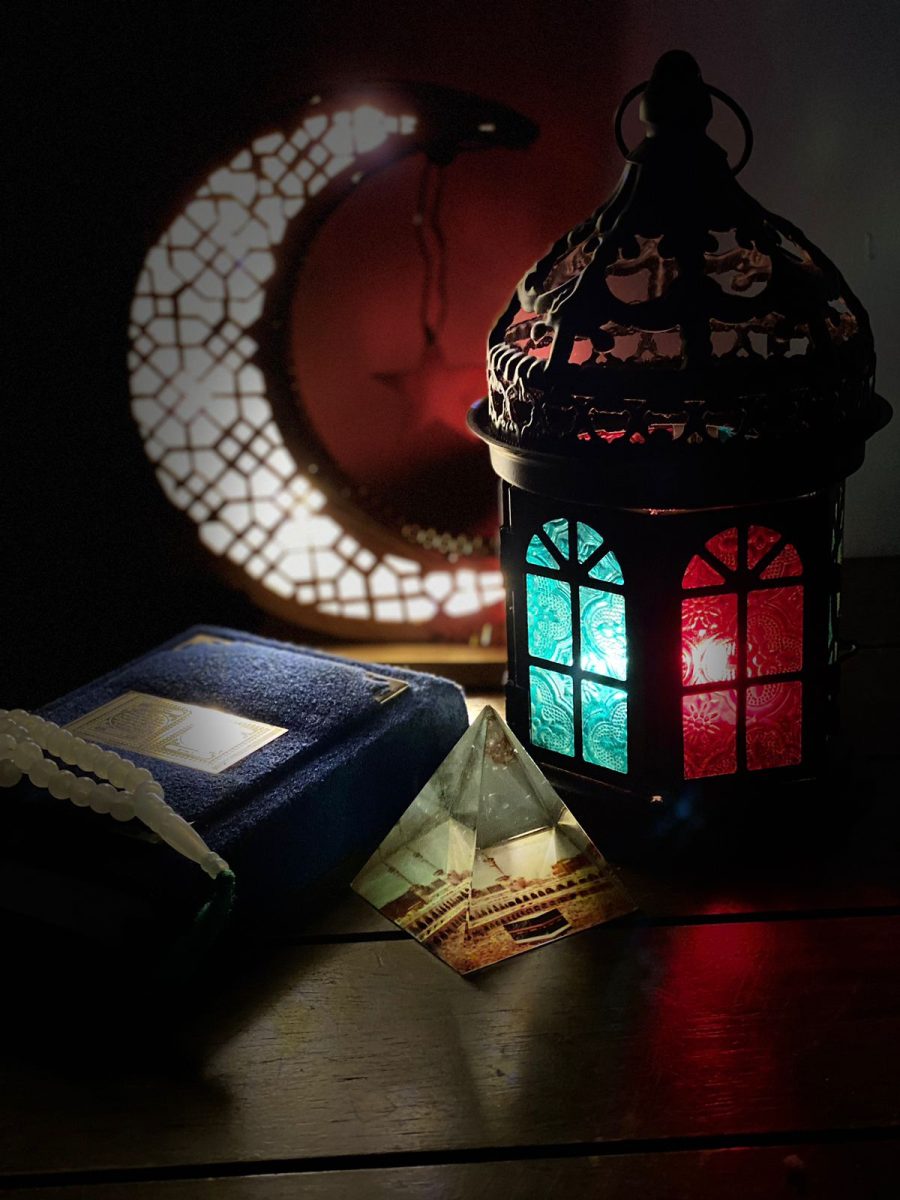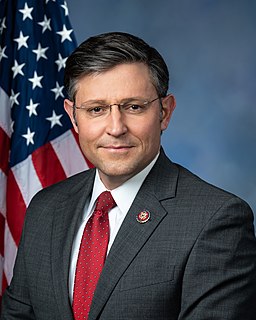For over a year, Japan has fought an unrelenting enemy: the aftermath of the Fukushima Daiichi nuclear disaster.
On March 11, 2011, Japan faced three catastrophes: an earthquake, a tsunami, and then nuclear meltdowns and the dispersion of radiation from the Fukushima nuclear power plant.
Now, the nation struggles with the reprecussions of these unfortunate events and they face the challenge of storing radioactive water, posing serious health risks to the Japanese people.
“It’s a time-pressing issue because the storage of contaminated water has its limits,” Yuichi Okamura, manager of the Water Treatment System Department at the Fukushima Daiichi nuclear power plant, told the Associated Press. “There is only limited storage space.”
According to AP, Okamura helped devise steps to cool the overheating reactors by injecting water and using spent fuel pools.
“Water works well for this system since it has a very high capacity … and can be treated if it is contaminated,” said Angie Moore, associate professor of geology. “However, when there is a reactor accident like at the Fukushima, the systems that prevent nuclear contamination of the cooling water have failed and there is direct contact between the water and the radioactive material.”
Currently, about 200,000 tons of radioactive water, enough to fill more than 50 Olympic-sized swimming pools, are stored in gigantic tanks built around the nuclear power plant, reported news source Al Jazeera.
“We never expected high-level (radiation) contaminated water to turn up in the turbine building,” Okamura said.
Okamura and his team utilized equipment that should have cooled the reactors successfully with recycled water. However, contaminated water continues to increase due to ground water seeping through cracks and into the reactor and turbine basements.
“They are working on a way to treat the contaminated water and reduce the hazard, but that’s hard to do,” said Associate Professor of Geology David Dobson.
“Even if they achieve what they think is a safe level of radioactivity to release, that will be a very unpopular idea,” Dobson continued. “In the meantime, they have to keep building storage for more and more contaminated water.”
Tokyo Electric Power Company, the company behind the Fukushima plant, has tried to make space for more of these large storage tanks by cutting down trees.
The company predicts that the amount of water will triple within three years.
“There are pools of some 10,000 or 20,000 tons of contaminated water in each plant, and there are many of these,” said nuclear engineer Masasahi Goto to news source Al Jazeera.
“To bring all these to one place would mean you would have to treat hundreds of thousands of tons of contaminated water which is mind-blowing in itself,” continued Goto. “It’s an outrageous amount, truly outrageous.”
Since the Fukushima Daiichi accident, many have been exposed to the harmful radiation and its effects of contamination.
“Japan has definitely become more self-conscious of the dire environmental and health consequences,” said Erina Fujino, Japanese Early College at Guilford student. “Due to the warnings of radiation from the nuclear power plant, many people had to be relocated. And now, the nation has a new problem of over crowdedness.”
In a news segment, CBS News correspondent Bill Whitaker went to the 12-mile exclusion zone surrounding the Fukushima Daiichi nuclear plant; a plant which is off-limits without a government pass.
About a mile away from the nuclear plant, Whitaker’s Geiger counter — a device that detects radioactivity — can be seen reading 30.8 microsieverts when anything over 3.8 is considered unsafe.
“If you’ve been exposed to Cesium because you’re a nuclear power worker, even after you’re long dead and buried, your gravesite will be radioactive,” said physicist Michio Kaku on CBS’s “60 Minutes.”
“Your great grandkids can come with Geiger counters and see that great granddaddy still has radiation.”







water mitigation • Aug 7, 2014 at 3:15 pm
It’s actually a great and helpful piece of information. I
am satisfied that you simply shared this useful
information with us. Please stay us up to date
like this. Thanks for sharing.